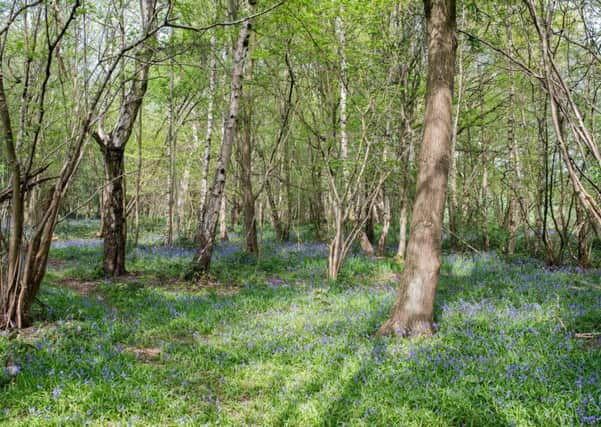New report says HS2 will destroy ancient Hucknall woods


Analysis by the Woodland Trust has revealed that the northern phase of the high speed rail line will have an impact on at least 24 sites categorised as irreplaceable.
They include direct losses in Watnall Coppice near Westville and New Farm Wood, Nuthall, plus indirect effects on Bulwell Wood in southwest Hucknall,
Advertisement
Hide AdAdvertisement
Hide AdThe trust’s chief executive Beccy Speight said: “Any loss or damage to ancient woodland is a catastrophe for the natural environment, particularly when you consider how little we have left.
“With the trail of destruction HS2 Ltd will cause, it will never be able to call this project ‘green’ – so far, it’s been an absolute disgrace.”
Ancient woodland is a descriptive term used to group areas that share centuries of continuity on largely undisturbed natural soils. Each one is a product of its location, geology, soils, climate and history – conditions that cannot be recreated elsewhere.
The trust has been campaigning to save woodlands up and down the country since details of the London-Birmingham HS2 phase were announced in 2011.
Advertisement
Hide AdAdvertisement
Hide AdDecisions on route alterations, the width of track cuttings, road building for vehicle access, or noise and disturbance can all make a difference to the ancient woods.
Sherwood MP Mark Spencer said: “Obviously it would be great to preserve as much ancient woodland and other environmental assets as possible. It’s unfortunate, though probably inevitable with a project of this scale.
“ I know that those involved in HS2 have done a great deal of research and work in to avoiding areas where possible and all these factors will be taken into consideration.”
For more information, see http://bit.ly/2gjnpNk.